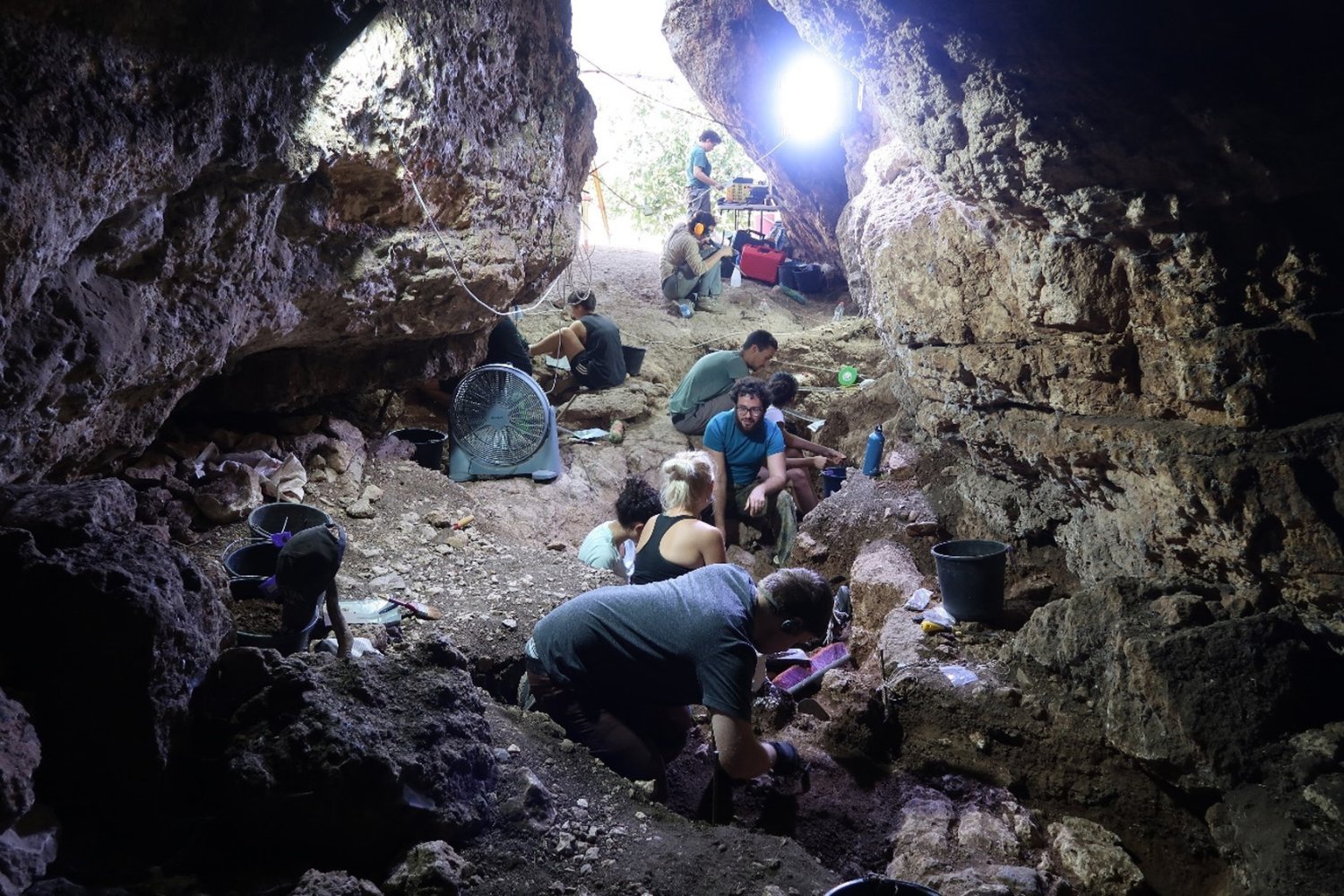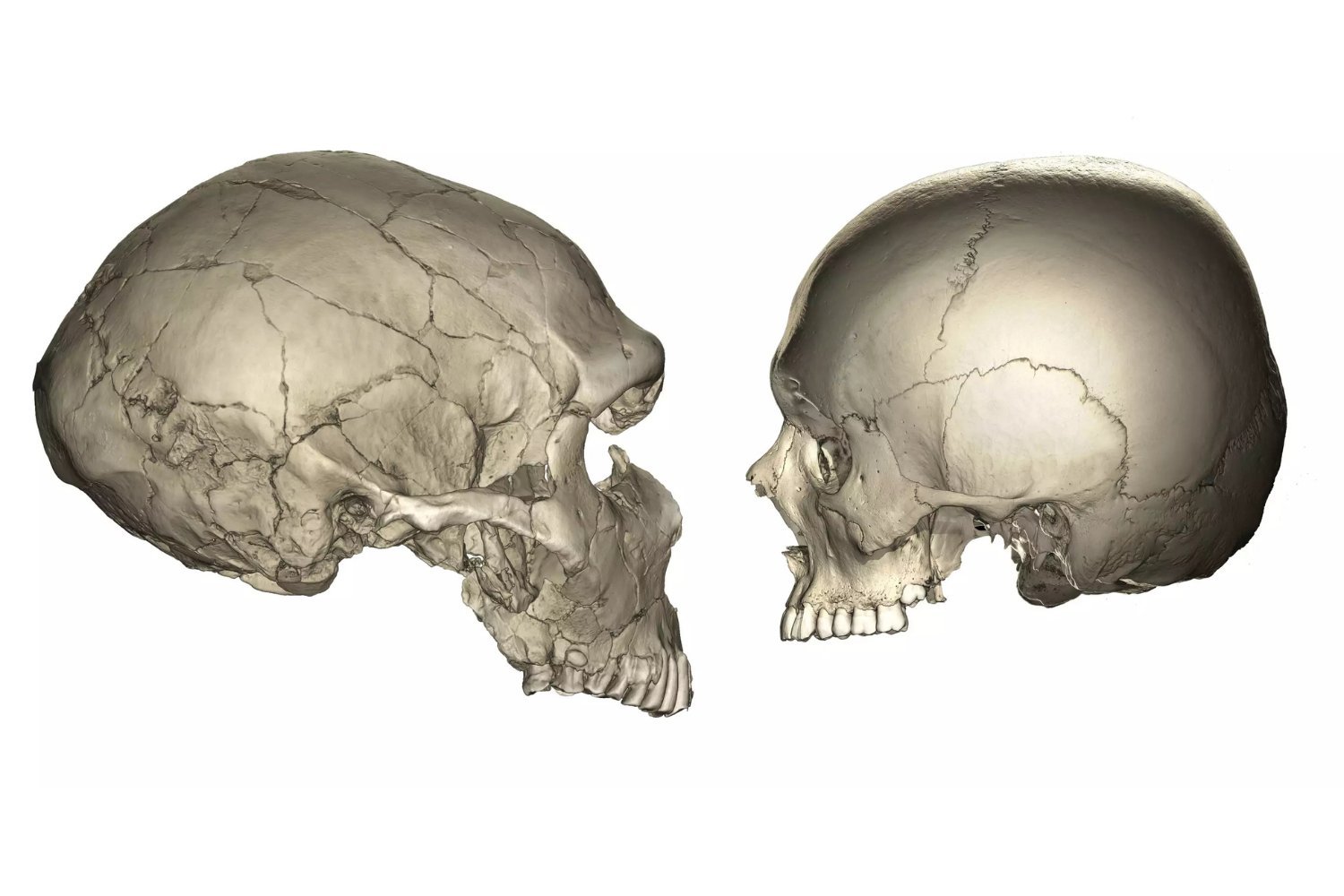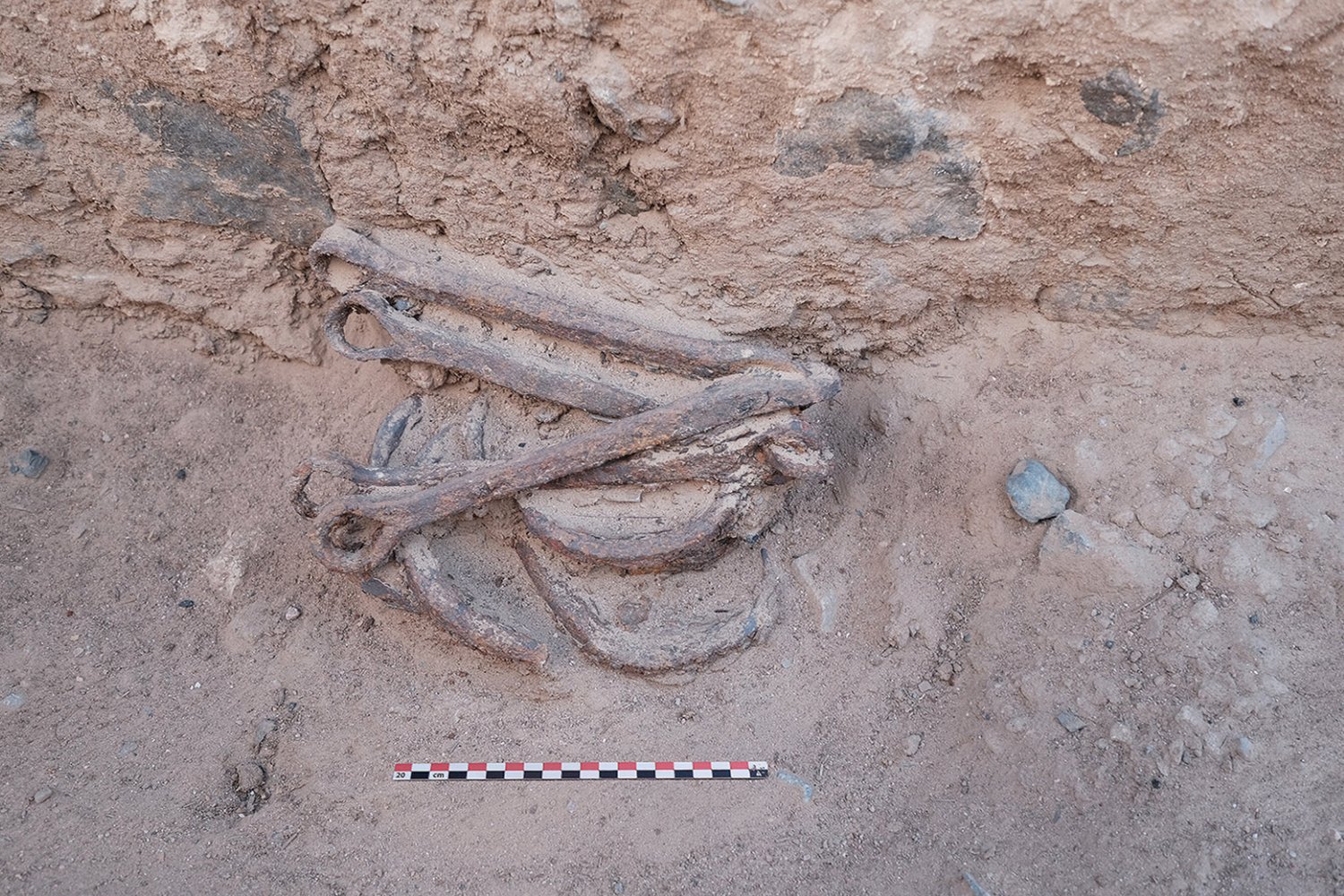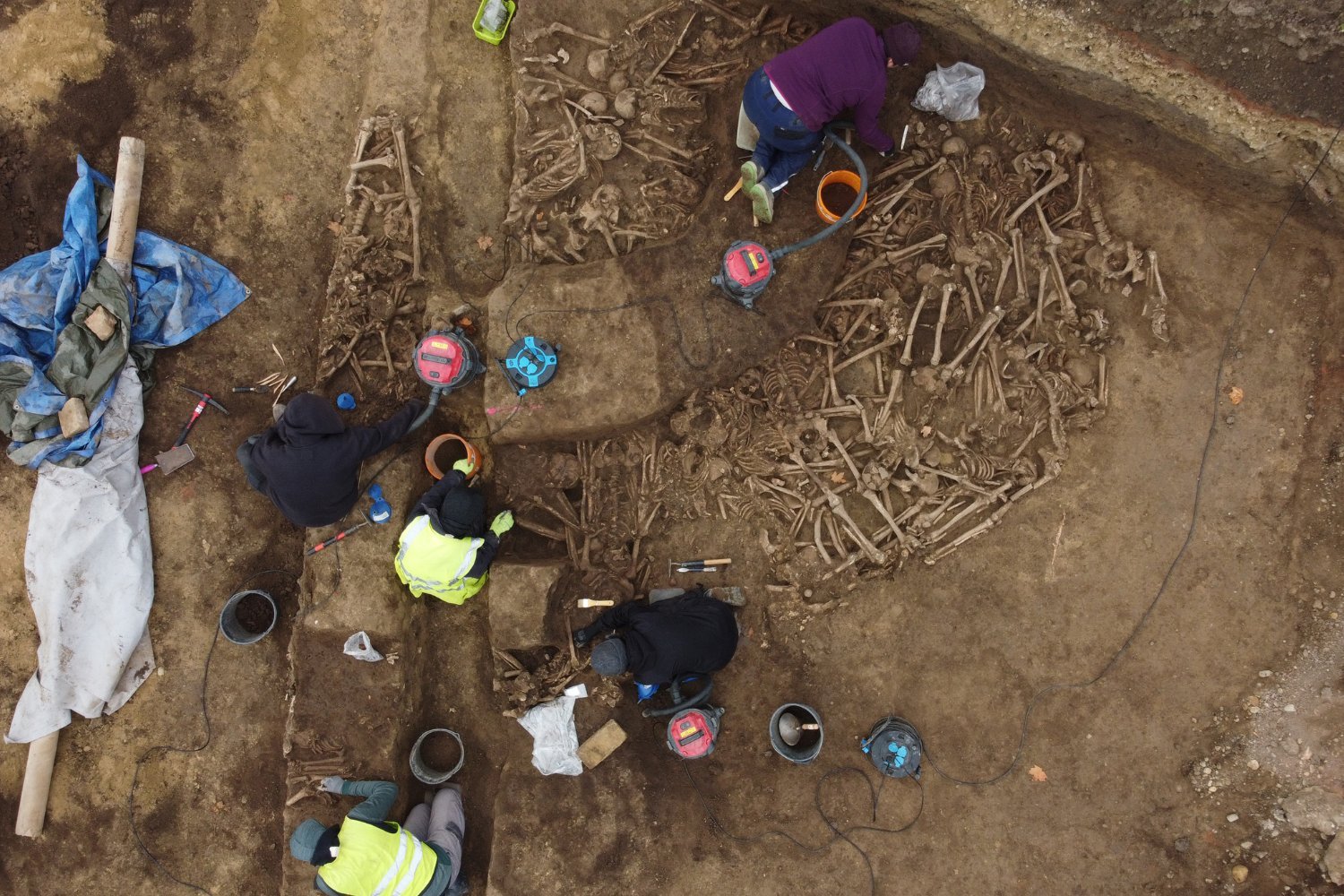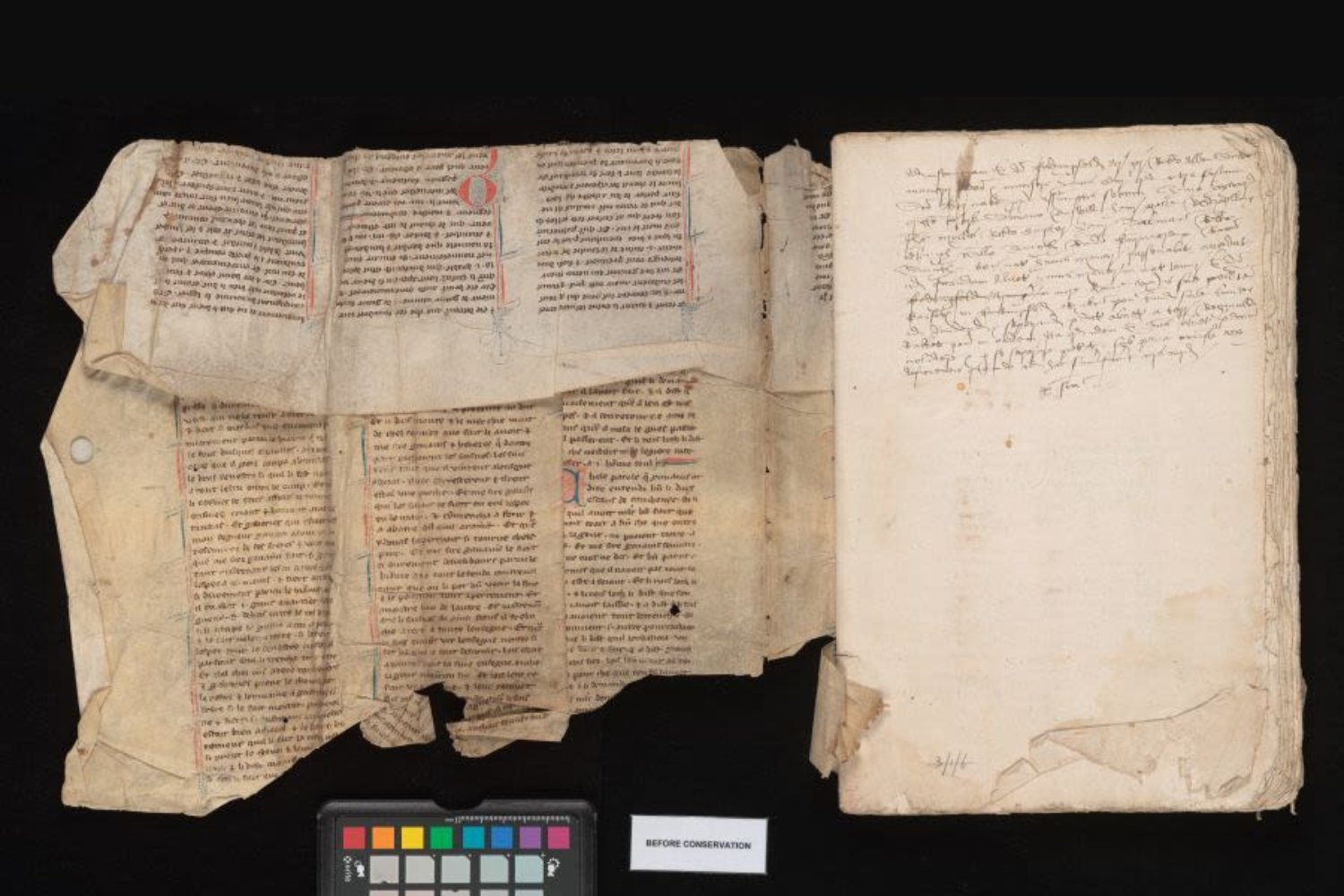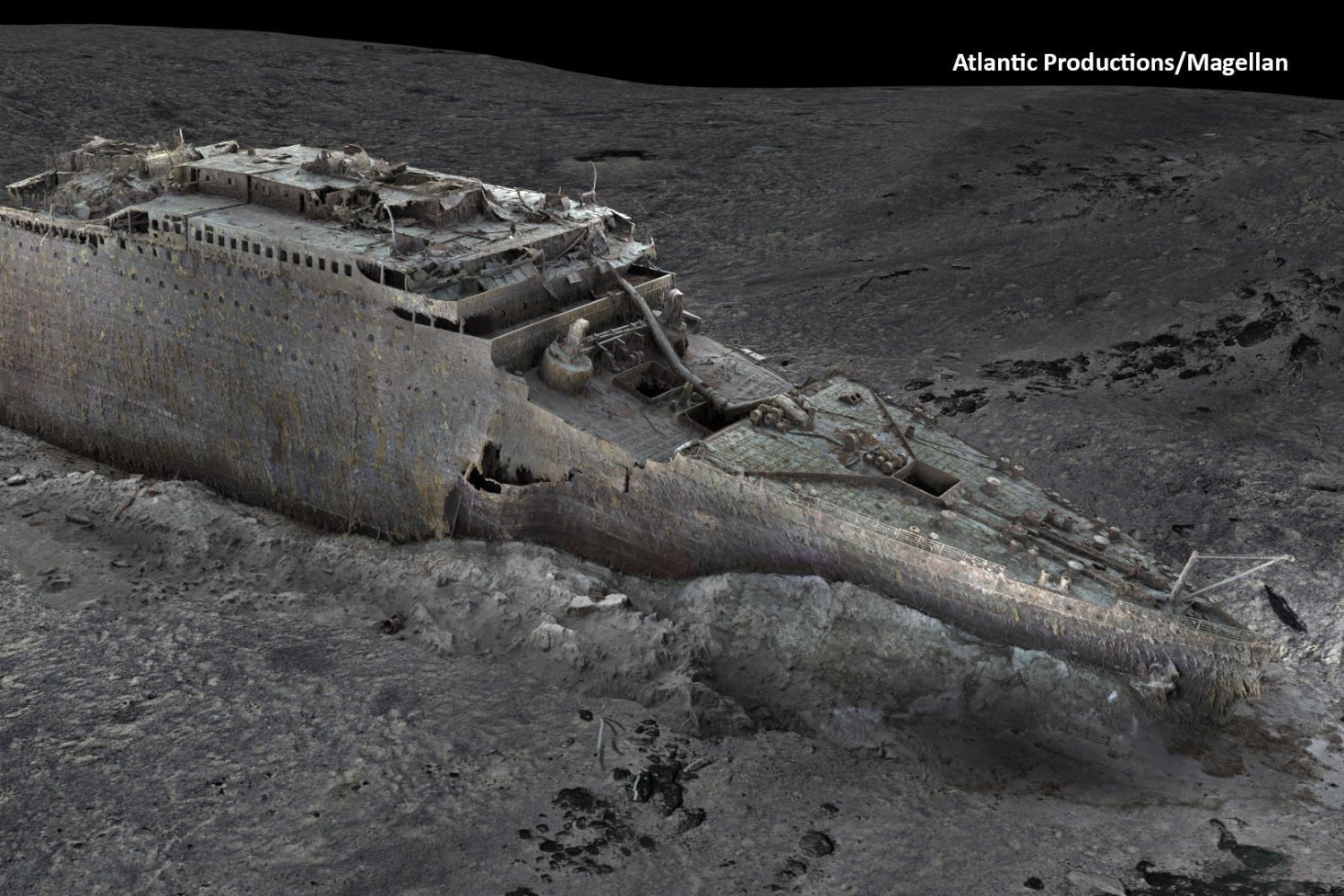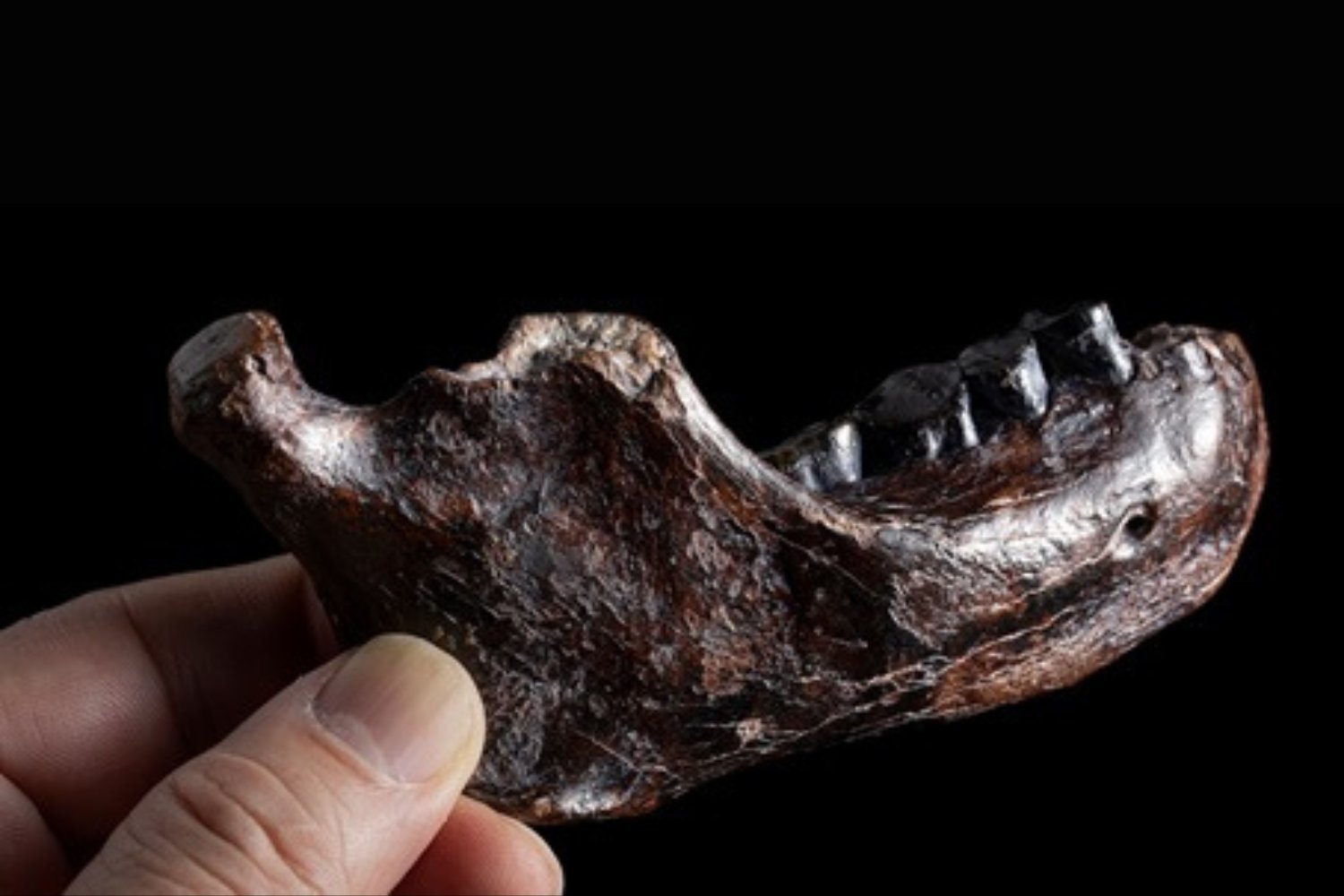Recent archaeological investigations in Israel’s Tinshemet Cave reveal surprising evidence of interaction between Neanderthals and Homo sapiens, suggesting a shared culture and intertwined daily life. The research, published in Nature Human Behavior, analyzes stone tools, hunting practices, and social behaviors, indicating a far more complex relationship than previously understood.
The study challenges the conventional narrative of separate and distinct human groups, proposing a more integrated and interconnected existence in the Levant region. This interaction, potentially predating previously identified instances in Europe, sheds new light on the history of human evolution and interspecies relations.
Shared Practices and Cultural Exchange
The research team, led by anthropologists including Israel Hershkovitz from Tel Aviv University, examined various archaeological artifacts and remains from Tinshemet Cave. Their findings highlight remarkable similarities in the material culture of Neanderthals and Homo sapiens, suggesting a shared knowledge and technological exchange.
The study uncovered evidence of similar lithic (stone) technology used by both groups, a shared practice of ochre use, and comparable large-ungulate hunting patterns. The presence of articulated human remains and grave goods further emphasizes shared burial customs and potentially even social structures. These findings paint a picture of cultural exchange and daily interaction, challenging the notion of conflict and competition often associated with different hominin groups.
Hershkovitz notes that the archaeological record in Tinshemet Cave reveals sites indistinguishable between Neanderthal and Homo sapiens occupation, indicating a level of interaction where knowledge, technology, and even genes were shared. This contradicts the traditional view of separate, competing groups and suggests a far more integrated and interconnected coexistence.
The Nesher Ramla Homo and the Complex Evolutionary Picture
The recent discoveries in Tinshemet Cave build upon previous research, including the 2021 study of 120,000-year-old hominin bones from the Nesher Ramla site. These remains presented an ambiguous classification, neither fully Homo sapiens nor entirely Neanderthal. The Nesher Ramla Homo, as this group is now known, further complicates our understanding of human evolution, suggesting even more intricate interactions between different hominin groups than previously imagined.
The Tinshemet Cave research strengthens this perspective, indicating that genetically distinct groups, including Homo sapiens, Neanderthals, and potentially hybrid populations like the Nesher Ramla Homo, coexisted and interacted to the point of cultural homogenization. This challenges the traditional linear view of human evolution and highlights the complexity of interactions and interbreeding between different hominin groups.
Unanswered Questions and Future Research
Despite these significant findings, several questions remain unanswered. The fate of early Homo sapiens at nearby sites, the precise timing of initial encounters between different hominin groups, and the specific patterns of human migration out of Africa are all crucial areas for future investigation.
Further research is also needed to explore the potential connection between the Nesher Ramla Homo and the Neanderthals found in Europe. The possibility that the Nesher Ramla individuals were ancestral to European Neanderthals adds another layer of complexity to the ongoing investigation of human origins and evolution.
Conclusion
The research from Tinshemet Cave provides compelling evidence of a shared cultural and daily life between Neanderthals and Homo sapiens in the ancient Levant. This challenges traditional narratives of separate and distinct human groups and emphasizes the complex interactions and interbreeding that shaped our evolutionary history. These findings pave the way for future research to further unravel the intricate tapestry of human origins and the relationships between different hominin groups.



